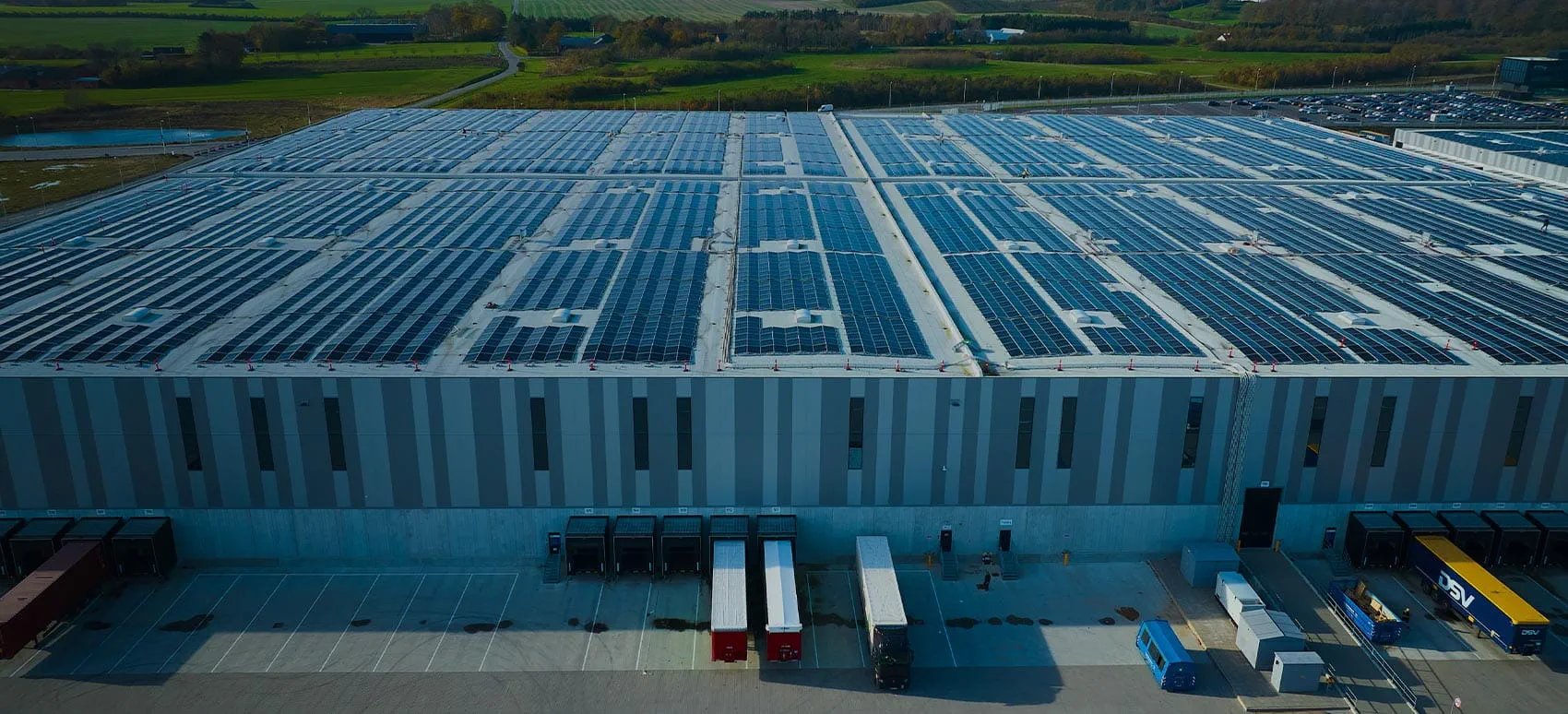In this update…
We provide an overview of the key developments shaping the European road transport sector. A major highlight is DSV’s acquisition of Schenker, finalized on 30 April 2025. We also update you on consumer price inflation across the Euro Area, which continues to influence transport costs and supply chain dynamics. On the regulatory front, the first four months of 2025 have seen the phased rollout of the EU’s Import Control System 2 (ICS2) for road and rail freight, and the introduction of GB Entry Summary Declarations (ENS) for goods moving from the EU to Great Britain. Finally, we share insights from our Senior Director of Sustainability in DSV on the true cost of battery electric trucks, focusing on their Total Cost of Ownership (TCO).

On 30 April 2025, DSV and Schenker officially joined forces.
With this acquisition, we have become a world-leading player in global transport and logistics, at a time when global supply chains are in focus more than ever before, and our customers need a reliable and agile global network of services and products. By combining the two companies, we will create a unique flexible platform for long-term financial growth to the benefit of our customers, employees, shareholders and other stakeholders.
Jens H. Lund, Group CEO, DSV
For more info: dsv.com

In the Euro area:
- Consumer price inflation in the Euro Area remained steady at 2.2% in April 2025, slightly exceeding market expectations of 2.1% and hovering just above the European Central Bank’s 2.0% target, according to a preliminary estimate.
- In April, energy prices fell more sharply (-3.5% compared to -1.0% in March), while prices for services rose faster (3.9% vs. 3.5%) and food, alcohol, and tobacco prices increased (3.0% vs. 2.9%).
- Prices for non-energy industrial goods increased by 0.6%, the same as in March. At the same time, core inflation (which doesn't include food and energy) rose to 2.7%, up from March's three-year low of 2.4% and higher than the expected 2.5%.
- On a monthly basis, consumer prices increased by 0.6% in April, matching March’s rise.
Source: Eurostat
-
Capacity index vs. diesel price:
Compared to Q1 2025, the capacity index decreased slightly to 96.49, while the diesel price dropped to €1522,95 in April. -
New truck registrations in the EU
fell 16% year-on-year in Q1 2025 to 72,941 units, with declines across both medium (-12.5%) and heavy (-16.6%) truck segments.
Electrically-chargeable truck registrations rose by 50.6% compared to last year, raising their market share to 3.5% from 2%. The Netherlands saw the highest increase at 342.7%, accounting for 25% of the EU’s electric truck sales.
Source: acea
ICS2 requirements extends to rail and road
1st Apr 2025
From 1 April 2025, ICS2 (Import Control System 2) also applies to rail and road transport. Following aviation, maritime and inland shipping, rail and road are the final transport modes to join ICS2 requirements. This enhanced customs risk management system is designed to improve the safety and security of goods entering the EU by strengthening the collection and assessment of import data.
ICS2 introduces new customs compliance measures affecting the processing of shipments, including:
- Advance cargo information - Carriers and importers must submit shipment details before arrival, enabling early risk analysis.
- Risk assessment - Advanced algorithms assess shipment risks, allowing customs to target high-risk goods.
- Enhanced collaboration - Strengthens cooperation between customs and businesses to boost supply chain security.
More info: Europe.eu
GB ENS (Great Britain Entry Summary Declaration)
31st Jan 2025
On 31 January 2025, UK implemented the GB ENS requirements, which include submitting advance entry information for goods moving from the EU to Great Britain. This is part of the Goods Vehicle Movement Service (GVMS), designed to improve security and customs efficiency.
More info: Gov.uk
 Kenneth Jensen, Senior Director, Sustainability at DSV
Kenneth Jensen, Senior Director, Sustainability at DSV
Opinion piece:
Balancing the scale - the total cost of battery electric trucks
When evaluating any future low- and zero-emission technology, three key criteria must be considered: fuel or energy cost, vehicle cost and utilization potential (such as range and payload). Battery electric trucks already lead in operational costs, and as battery technology continues to improve in energy density, safety and price, they are expected to catch up and eventually compete on vehicle cost and utilization as well.
Despite this progress, Battery electric trucks are not yet cost-effective across all use cases. Limited range, higher upfront costs and charging infrastructure gaps continue to present barriers, particularly in long-haul or high-payload applications. In this context, alternative low- and zero-emission fuels such as biogas and HVO100 provide an interim solution. These fuels are currently more cost-effective and deliver significant CO₂ reductions, making them suitable for specific operational needs while electric truck technology continues to mature.
The most resilient path forward is not to rely on a single solution, but to adopt a balanced, evidence-based approach that leverages the strengths of multiple technologies. Battery electric trucks are on track to become the backbone of zero-emission logistics, but biofuels and other innovations will continue to play a vital supporting role. As technologies evolve, businesses have more options to decarbonize. This can either be through direct deployment of low- /zero-emission transport, or by buying indirect reductions through book and claim, where reductions are achieved in the most optimal parts of the operations, passing on reductions to the paying customer.
At DSV, we deploy battery electric vehicles where most feasible, supplemented by sustainable fuels to maintain flexibility and progress toward our climate goals. This is also how we advise our customers by identifying the right technology mix for their needs today, while preparing for a more sustainable tomorrow. For more info visit our decarbonizing services.
Factors to weigh
What increases the TCO?
-
Vehicle price and range limitations:
Battery electric trucks often come with a higher upfront cost, and limited range may reduce utilization, particularly for fleets requiring long-distance transport.
-
Insurance premiums:
Higher insurance costs are associated with newer technologies like Battery electric trucks.
-
Payload limitations:
Lower payload capacity can result in additional trips, increasing costs.
What reduces the TCO?
-
Lower operational costs per kilometer:
Battery electric trucks benefit from fewer moving parts, lower maintenance needs, and no AdBlue requirements.
-
Electricity prices:
In some regions, electricity is already cheaper than diesel, with further reductions expected in the future.
-
Higher utilization rates:
As kilometers driven increase, Battery electric trucks become more cost-efficient over time. -
Supportive taxes and policies:
Many governments provide lower road taxes or incentives for Battery electric trucks, further reducing their overall costs.
Any questions?
Our experts are ready to help. Get in touch and we'll find the solution you need.






